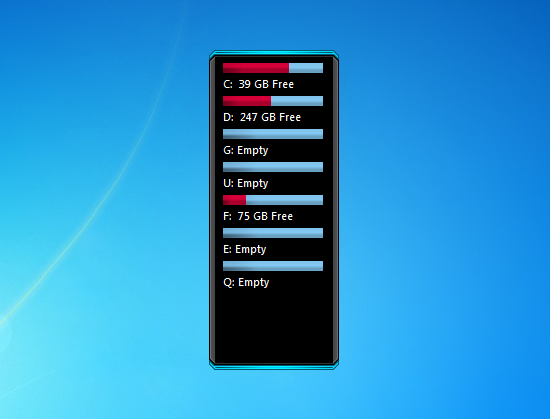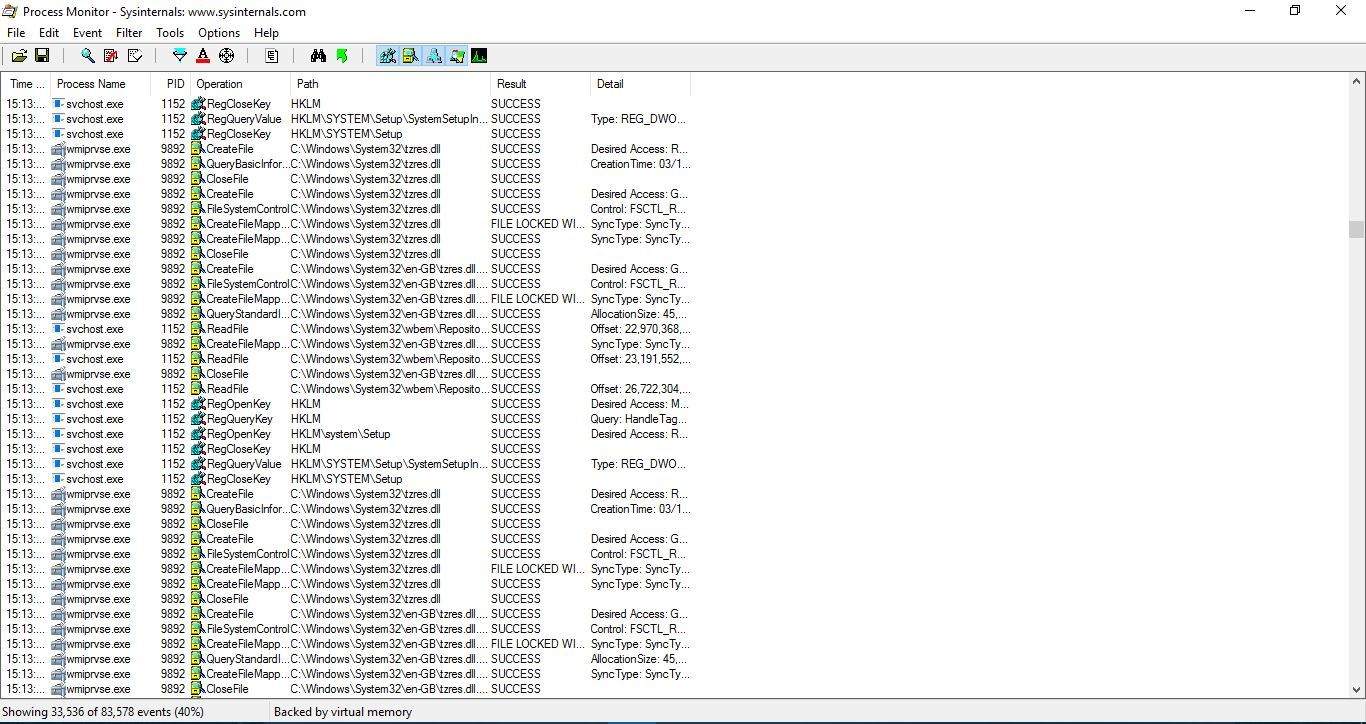
- #Windows monitor hard drive windows 10
- #Windows monitor hard drive software
- #Windows monitor hard drive free
Click that column to list the processes for using hard disk resources in ascending order.

This column contains information about how programs use the hard drive. Note: The Processes tab includes the Disk column. Then click the Processes tab as shown in the image below. You can open Task Manager by right-clicking on the taskbar and selecting Task Manager.
#Windows monitor hard drive windows 10
Windows 10 has not only one but two tools to monitor hard drive performance. Here are a few programs and tools that you can use to monitor hard drive activity. There are also a number of utilities that add hard drive activity indicators in the system tray and provide more details about hard drive activity for users.
#Windows monitor hard drive software
There are not many software packages that can monitor hard drive activity. On the desktop, this indicator light is on the case. On the laptop, you will see the HDD indicator light on the keyboard. Too many simultaneous operations on the hard drive can slow down the system and deplete laptop battery, so sometimes you should monitor hard drive activity.īoth the laptop hard drive and the desktop computer have a flashing indicator light when the hard drive is operating.

Background systems process also creates activity on the hard drive. Windows reads and writes to the hard drive even if no remarkable software is opened in the taskbar. Indeed, the returned values are different than from the D: drive!Īnd this is how you can monitor Windows drives/partitions without a drive-letter.Hard drives on your laptop or desktop computer often work quite positively. Let's try /usr/lib/nagios/plugins/check_nrpe -H sqldevserver -c check_drivesize -a "drive=D:\SQL_Data" To check the size of a mounted volume (c:\volume_test)Īccording to the documentation, only the mount-path is needed. OK All 1 drive(s) are ok|'D: used'=10.94061GB 79.89838 89.88568 0 99.87298 'D: used %'=10% 79 89 0 100Īnd here comes the good news: The NRPE command check_drivesize (internally configured within the NSClient agent, no need to define this command somewhere) also allows mounted volumes. To check a drive with NSClient as agent and check_nrpe from the monitoring /usr/lib/nagios/plugins/check_nrpe -H sqldevserver -c check_drivesize -a "drive=D:" Request a -l parameter containing the drive letter only.īut NSClient++ also speaks NRPE and its internal checks are even newer. Unfortunately when using NSClient, check_nt and the USEDDISKSPACE variable, this won't work out because a drive letter is a must. Instead they're mounted as a subfolder inside D: But as you can see in the Disk Management UI, Disk 2 (named SQL_Data_DEV001) and Disk 3 (named SQL_Log_DEV001) have no drive letter assigned. In this example we have the classical C: drive for the Windows OS and an additional D: as data partition.

#Windows monitor hard drive free
Here I'm using NSClient++ running as agent on the Windows host while on the monitoring server I use check_nt to query the /usr/lib/nagios/plugins/check_nt -H sqldevserver -p 1248 -v USEDDISKSPACE -l "D" -w 100G -c 99ĭ:\ - total: 99.87 Gb - used: 10.93 Gb (11%) - free 88.94 Gb (89%) | 'D:\ Used Space'=10.93Gb 99.87 98.87 0.00 99.87īut what about drives that appear in the disk management but are not assigned with a drive letter but are rather mounted as a folder? Monitoring a drive on Windows is pretty easy, as a drive usually has a drive-letter assigned (for example C:). Published on December 18th 2017 - Listed in Windows Monitoring Icinga Nagios Monitor Windows disk space usage on a drive without letter


 0 kommentar(er)
0 kommentar(er)
